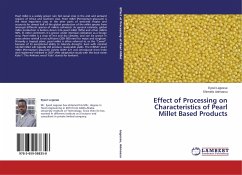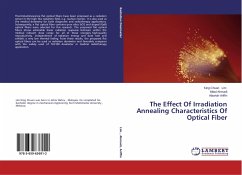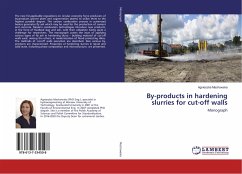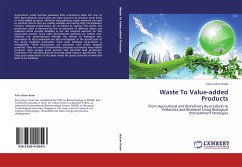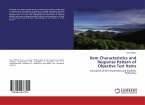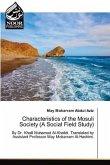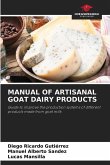Pearl millet is a widely grown rain fed cereal crop in the arid and semiarid regions of Africa and southern Asia. Pearl millet (Pennisetum glaucum) is the most important crop in the drier parts of semi-arid tropics and accounts for almost half of the global production of the millet species from amongst different species of millets cultivated. As general estimate, global millet production is broken down into pearl millet (50%) and other millets 50%. In other continents it is grown under intensive cultivation as a forage crop. Pearl millet is a crop of hot and dry climates, and can be grown in areas where rainfall is not sufficient (200- 600 mm) for maize and sorghum. Primarily a tropical plant, pearl millet is often referred to as the "Camel", because of its exceptional ability to tolerate drought. Even with minimal rainfall millet will typically still produce reasonable yields. The ICRISAT pearl millet (Pennisetum glaucum) variety ICMV 221 was introduced from India and registered/ released in 2007 after adaptation study with the local name Kola-1. The Amharic word 'Kola' stands for lowland.
Bitte wählen Sie Ihr Anliegen aus.
Rechnungen
Retourenschein anfordern
Bestellstatus
Storno

